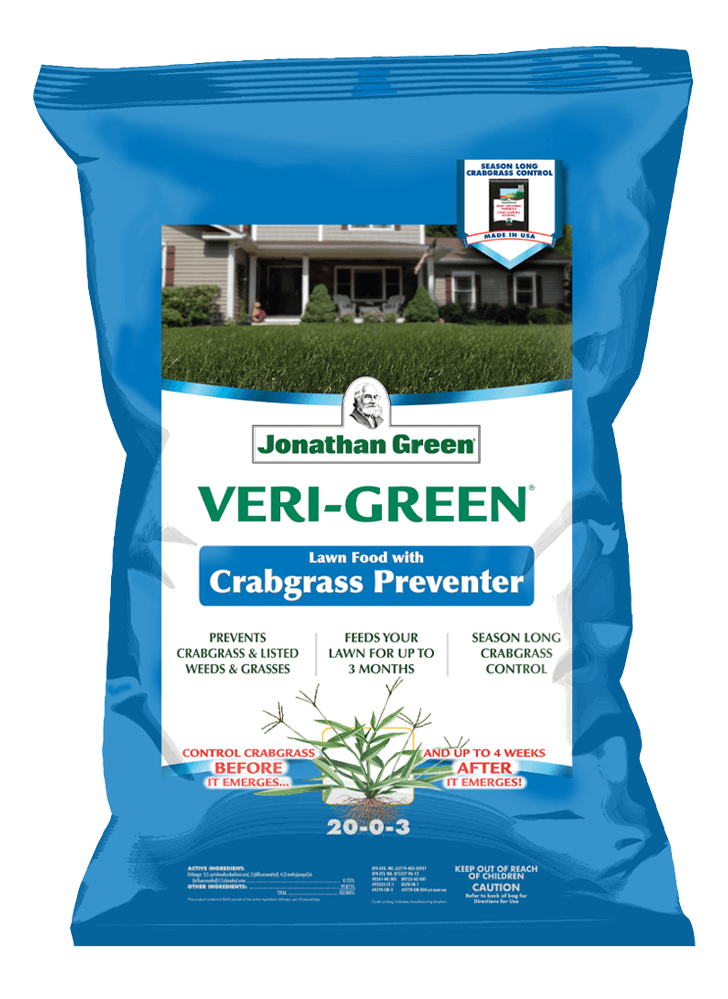A Sound Crabgrass Strategy
Should April be called the month of “Crabgrass”? Crabgrass, what a harsh sounding name, we even call people “crabby” when they are in a bad mood. I’m not sure where this line of thought comes from, crabgrass in the lawn or nasty crabs nipping at your feet while you try to enjoy your lawn. Why is crabgrass so feared in our lawns? Because it’s ugly!? Let’s explore some crabgrass history.
Crabgrass is not native to the USA; it originated in Africa and was introduced to this country via European settlers in the 1800’s. Over time, crabgrass was able to resist long periods of drought and heat from the harsh African climate. Crabgrass is capable of natural, consistent and prolific reseeding. Crabgrass produces flat, spreading blades that lay close to the ground allowing it to stay alive under low mowing heights. Crabgrass seeds were a contaminant in animal feeds brought over on ships with livestock. There are some good uses for crabgrass as forge for grazing animals. Frequently crabgrass is cropped with bluestem, weeping love grass, brome grass, sorghum, millets, cowpeas and soybeans.
Enough about crabgrass in agriculture, what about crabgrass in your lawn? Crabgrass is a large summer annual and a very aggressive species that competes with other desirable lawn grasses. While a sound crabgrass strategy should be considered in April, treating it in May and June perhaps is more important to prevent its appearance this summer. Many of us fear that if we do not apply crabgrass preventer every spring we will get lots of crabgrass in our lawn. The best control of crabgrass is a health growing lawn mowed at 2-1/2 inches or higher to reduce crabgrass seeds ability to establish since sunlight is cut off. Also, crabgrass does not establish in shaded areas, so why apply crabgrass preventer all over if your lawn is half shade?
Like many decisions in life, timing is important; when should I sell that stock, should I ask her to marry me, do I ask the boss for a raise this week? Crabgrass preventers applied in early spring are generally a waste of time and money. We tend to have cool, rainy spring weather and that delays crabgrass seeds from germinating. Crabgrass seeds “start to germinate” when soil temperatures, not air temperatures start to reach 55 degrees. Note that I highlighted “start to germinate”, because crabgrass can germinate over 3 months based on many environmental conditions. If we put preventers down too early in spring they run out of “gas” and give poor control of later germinating crabgrass. If you are worried about missing the “crabgrass window” of control opportunity, use Crabgrass Preventer plus Veri-Green because it controls crabgrass both before and after it germinates. If you had a lot of crabgrass in the past, consider a second application of Crabgrass Preventer plus Veri-Green or Crabgrass and Weed Preventer in early June.
You can try a “seeding” strategy; re-seed bare spots in early spring and fertilize with a regular lawn fertilizer to “Veri-Green” the grass, to get it growing. Once these newly seeded areas have been mowed 3 to 4 times, apply Veri-Green Crabgrass Preventer plus Lawn Fertilizer in late spring. You can also use Crabgrass Preventer with New Seeding Fertilizer if you are seeding. If we kill all the crabgrass we are left with bare spots that need to re-seeded again anyways!
Mentioned Products
If crabgrass plants start to show up this summer, pull them out before they get too big or produce seeds. One clump of crabgrass produces 150,000 seeds per year! Or, you can try spraying crabgrass out with products labels for post-emergent crabgrass control. Follow label directions and avoid applications during hot, dry weather or turf damage may occur.
Think of crabgrass control strategies from early spring through summer, not just early spring when the forsythias bloom. Crabgrass is here to stay in the USA but it does not need to be in your lawn. You can win the battle; I know you can do it!
